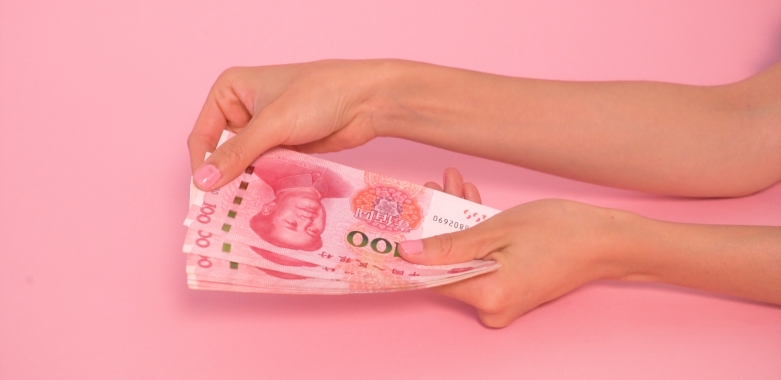In the video, Tang scrutinizes a hundred-Yuan bill, which features a portrait of Mao Zedong, and discovers that, despite all the official representations and the general perception (given the collective memory of the Red Regime), the bill is actually pink, not red. In 1999, not long before China joined the World Trade Organization, the national bank of China issued the fifth edition of the Renminbi notes, still in use today. Pink is often stereotyped as a girly color, while the male leader’s portrait is supposed to represent a strong masculine character, more associated with red. Reflecting on the history and future of Chinese society, Pink Mao also demystifies certain preconceived ideas we have about digitalization, globalization, capitalism, and gender. Interwoven with contemporary everyday images and historical materials, this film-essay contextualizes and discusses the representation of the Mao portrait on the banknotes and the crisis we are experiencing in the digital age.


